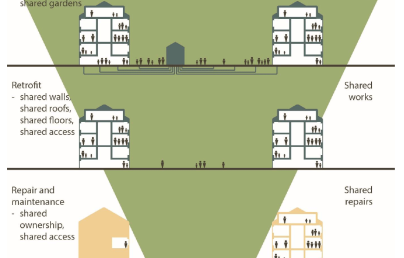
A field study explores the phenomenon of overheating in low-energy buildings

A field study explores the phenomenon of overheating in low-energy buildings
Imagine building a low-energy home, designed to save energy and be comfortable. But what if, instead, it became unbearably hot?
This study looked at four modern, low-energy homes in England, monitoring indoor conditions and gathering occupants’ perspectives for nearly a year. They found that even though these homes were built with energy efficiency in mind, design flaws often led to uncomfortable conditions.
Things like poor ventilation, too much sunlight coming in, and unusual architectural features like glass roof extensions all contributed to the problem.
The researchers also looked at how building regulations and assessment methods try to prevent overheating, finding that they don't always work, especially for homes that have been heavily renovated or have unique designs. Crucially, they often fail to protect those most at risk, like older people or those with health problems.
This research shows that building a sustainable home isn't just about saving energy; it's also about making sure it's a comfortable and safe place to live, for everyone.
Read more here

